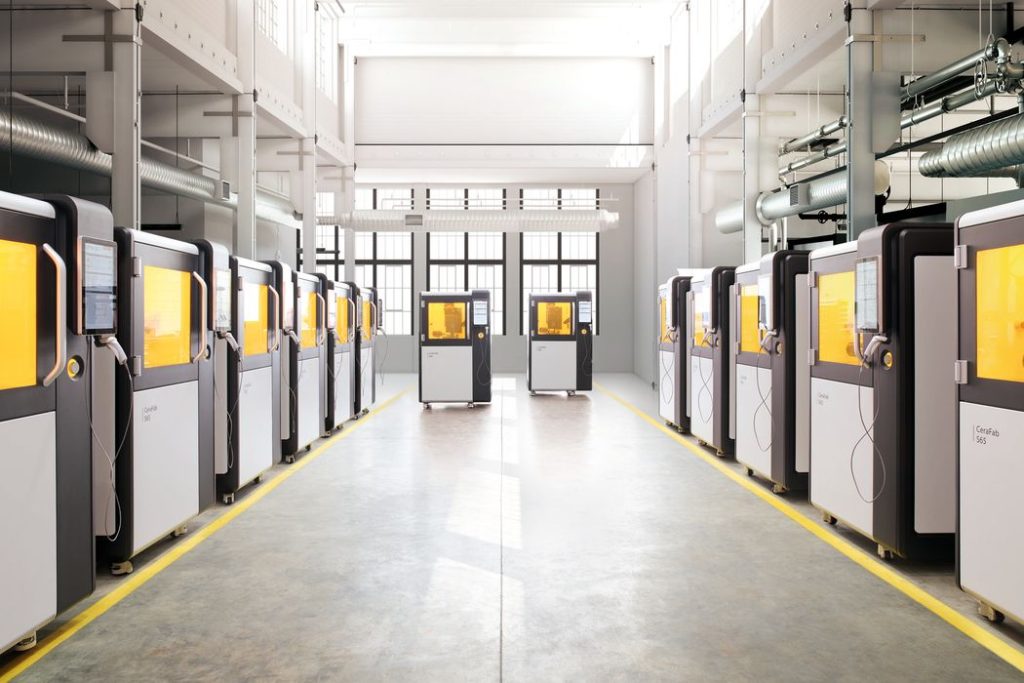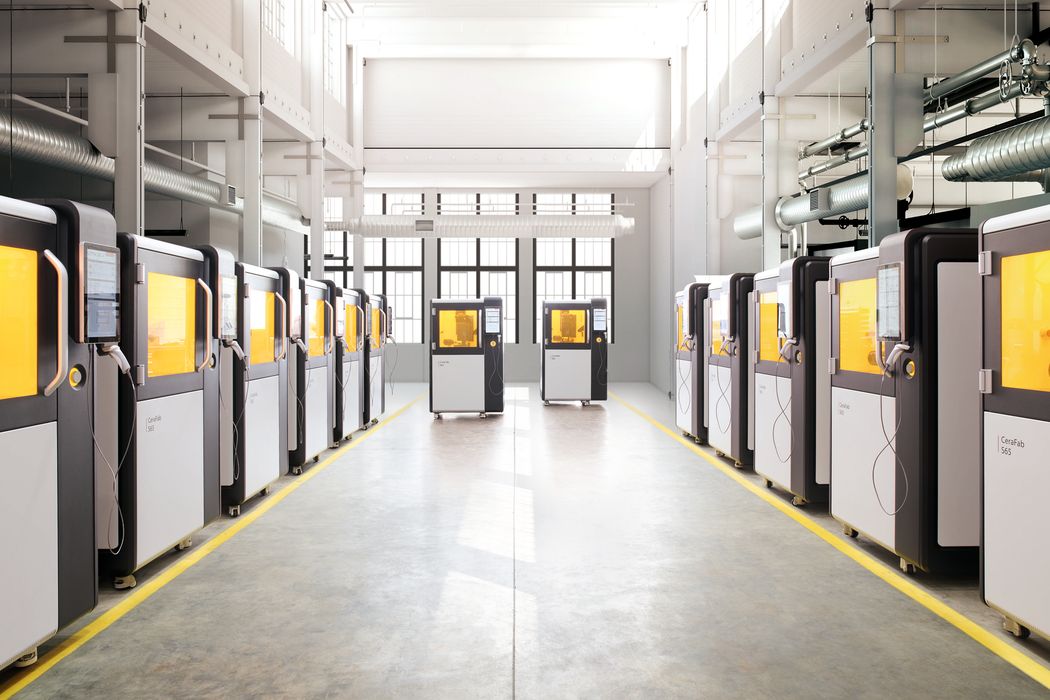
One 3D printer does not fill all application needs, and that’s demonstrated by Lithoz’s product set.
Lithoz is an Austrian company that’s been developing ceramic 3D printers for quite a few years. They are one of the very few manufacturers of ceramic 3D printing equipment.
The company has developed or acquired three different ceramic 3D printing technologies, and now markets machines using each.
These days they have a pretty comprehensive list of products, including:
- CeraFab System S65
- CeraFab System S65 Medical
- CeraFab System S25
- CeraFab System S230
- CeraFab Lab L30
- CeraFab Multi 2M30
- CeraMax Vario V900
The latest equipment are the Lab L30 and Vario V900 machines.
What’s interesting is to examine their list of products from a different angle: what are the target markets for each machine?
It turns out Lithoz is leveraging their ceramic 3D printing technologies by packaging them in different forms to address different application needs.
- The S65 is designed for production use
- The S65 medical is similar to the S65, but with certain changes to make it more amenable to medical applications
- The S25 uses similar technology, but is in a smaller package for lower budgets or those with floor space concerns; it also provides higher resolution prints
- The S230 has a much larger build volume, and is suitable for production environments requiring more throughput
- The L30 is much smaller and designed for experimentation, suitable for lab use
- The Multi offers the ability to perform multimaterial prints using a different technology
- The Vario uses another process and is able to 3D print very thick ceramic objects
As you can see, Lithoz has quite a variety of equipment styles, each designed specifically for particular application environments.
This is the way of success for 3D printer manufacturers: know what customers want to do, and then build machines to meet those needs.
A specific 3D printing process can be implemented in various packages, each tuned to a specific market.
This approach is quite unlike that seen by multiple other 3D printer manufacturers, which simply make a machine and hope to sell it.
They will, of course, but only to those buyers whose needs just happen to coincide with the machine’s capabilities. By making different versions of the same 3D printing process, it’s possible for Lithoz to provide a solution for many more markets, thus enabling strong growth in sales.
It also makes life much easier for their sales team, as there are more options to consider proposing to potential buyers. Alternatively, the single-machine manufacturers may have their sales people attempt to sell that machine to a company into which it may not fit very well.
The moral of the story here is that it is critically important for 3D printer manufacturers to focus on the needs of their clients, both current and for the future.
Via Lithoz

